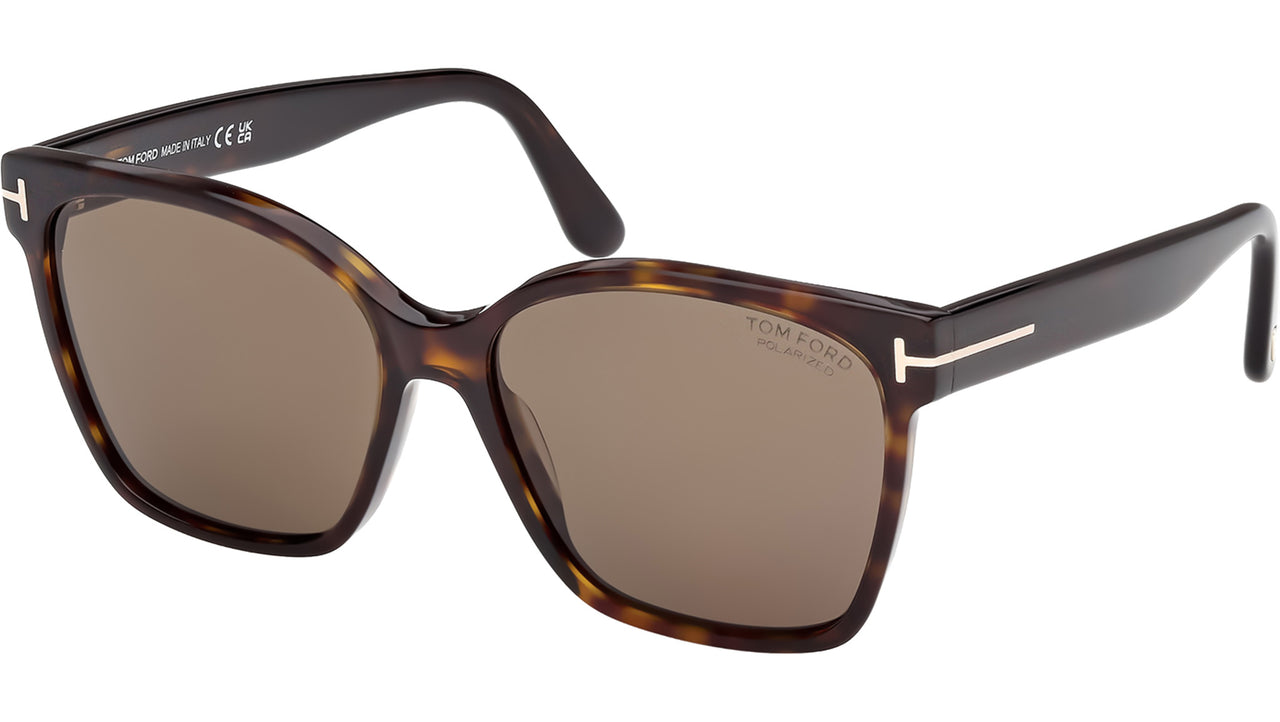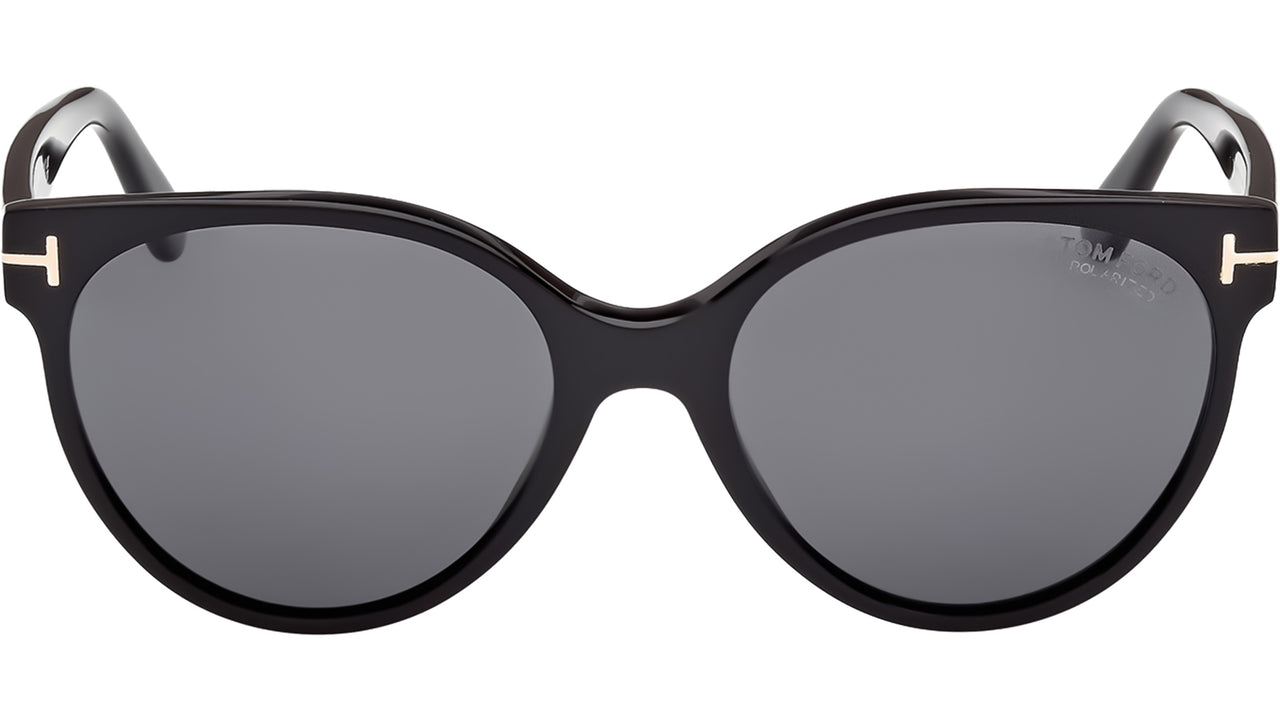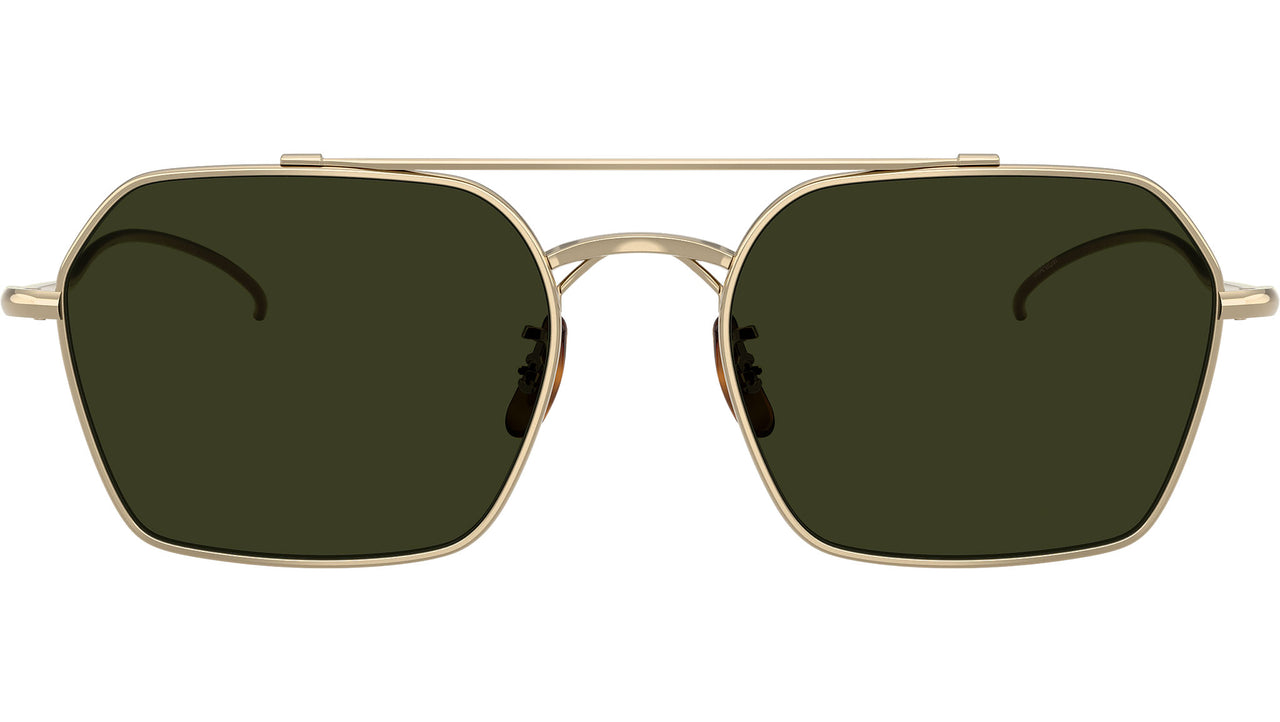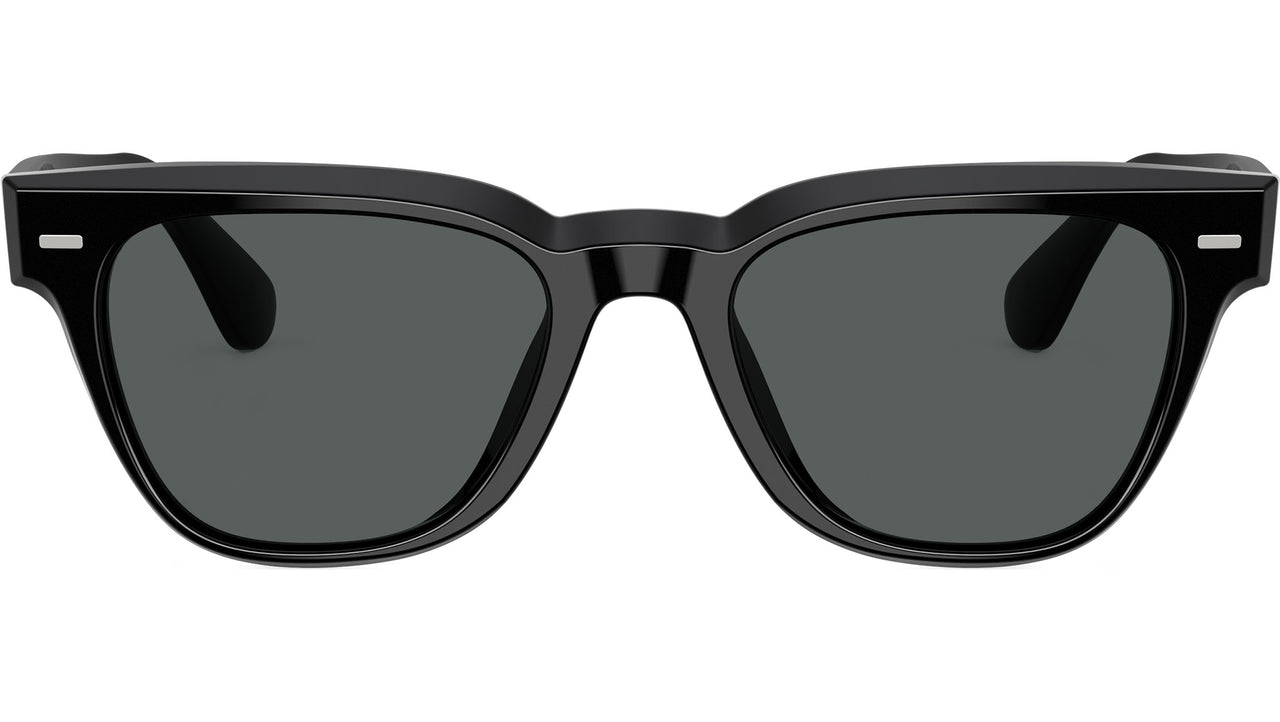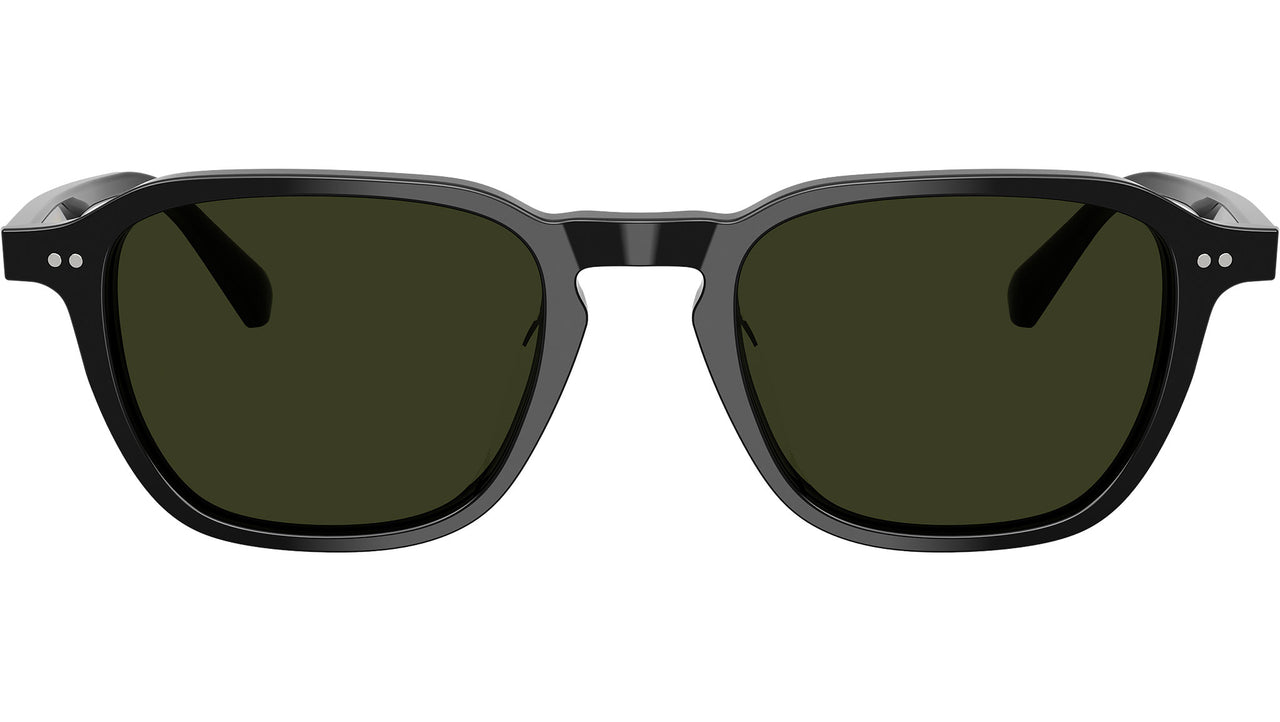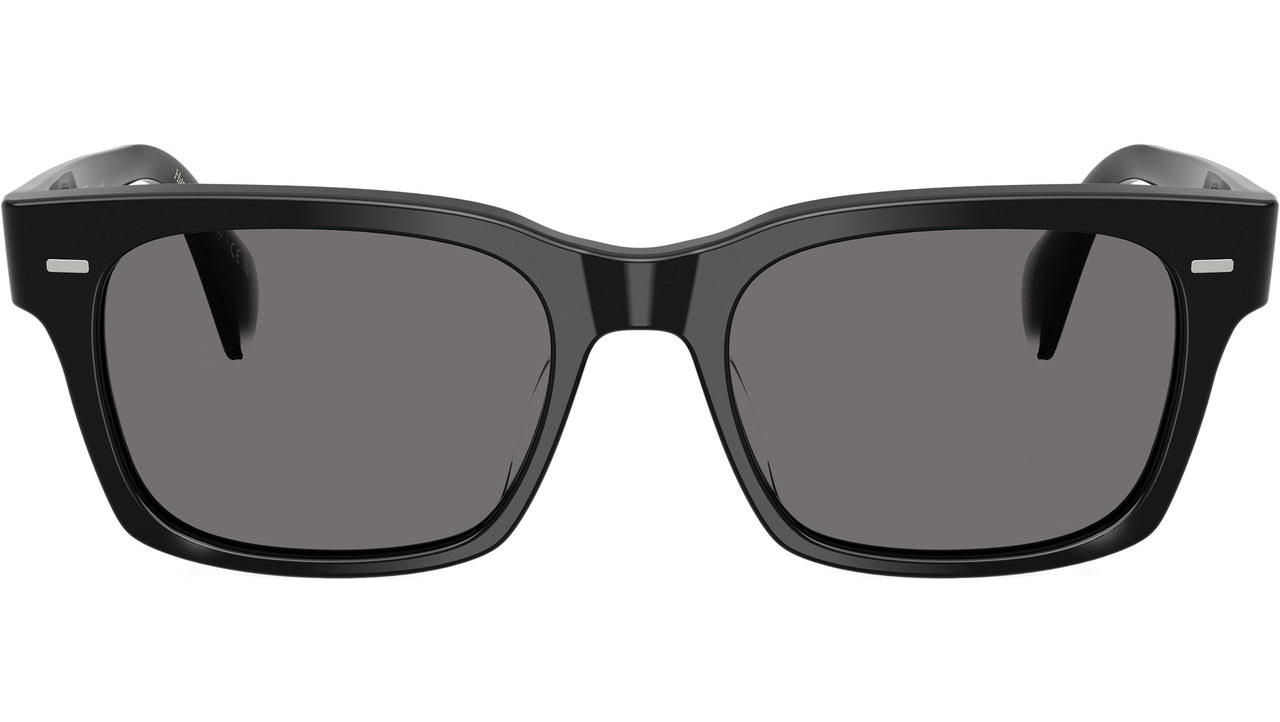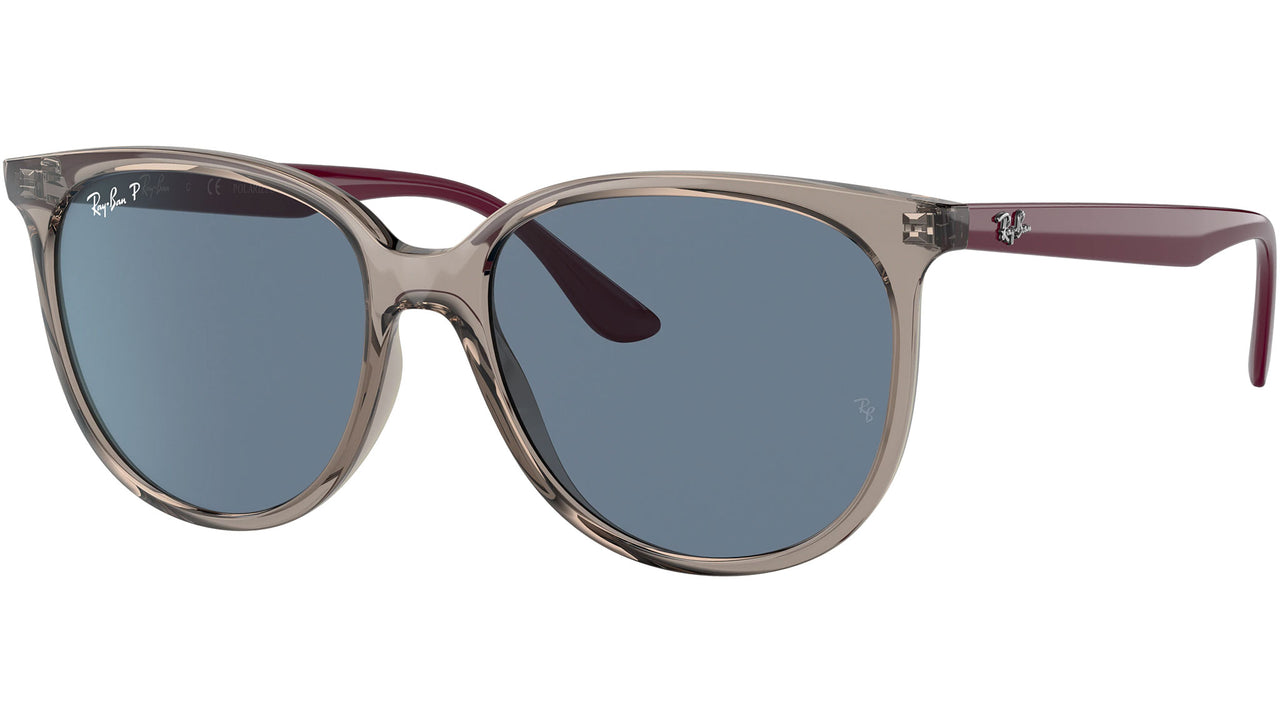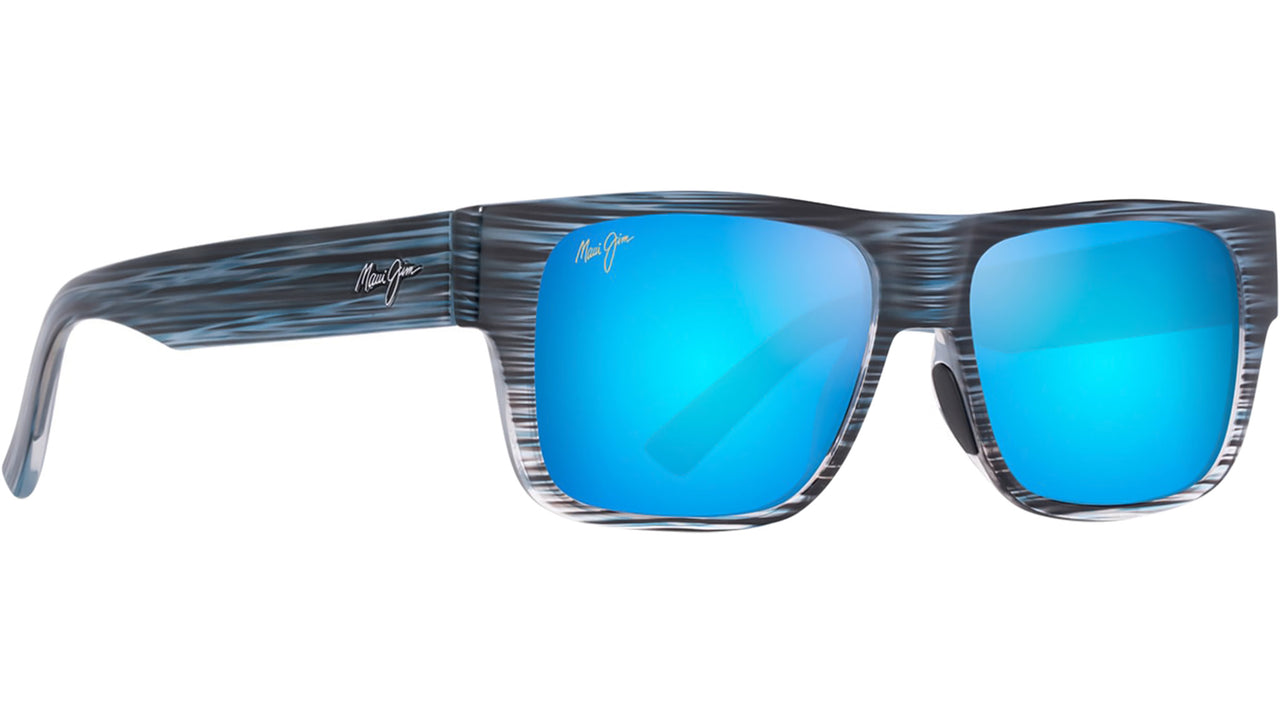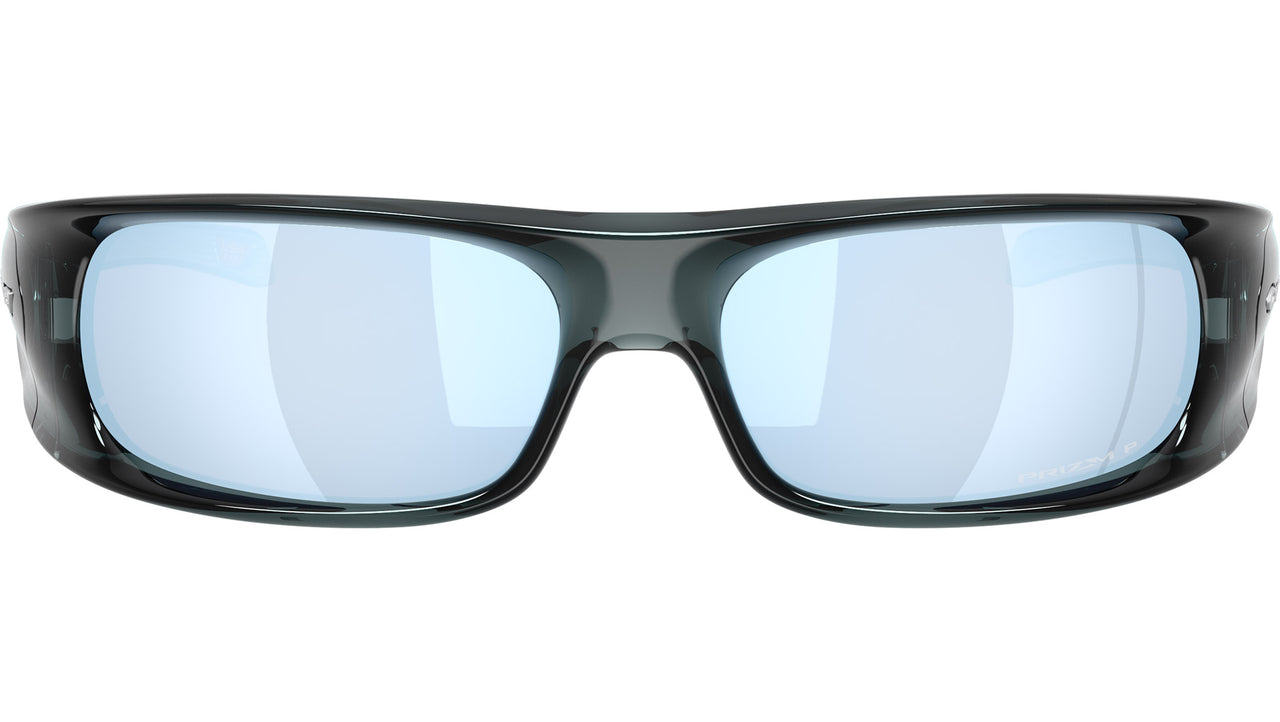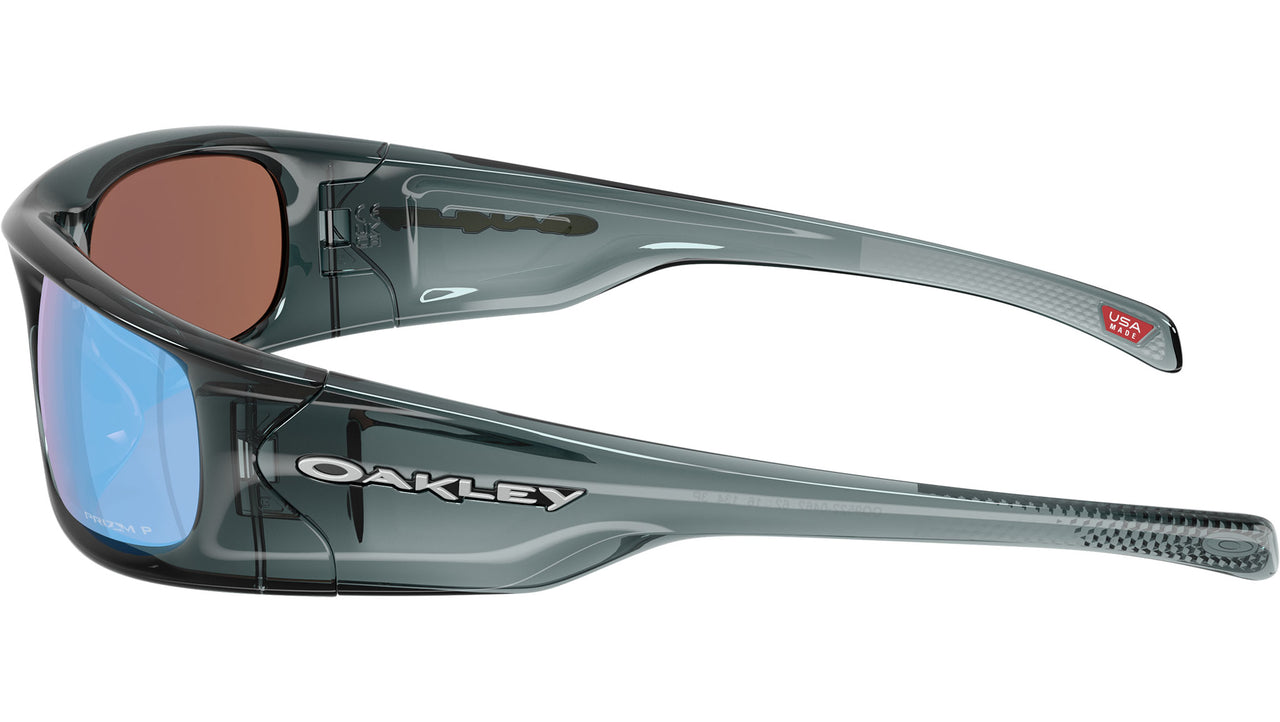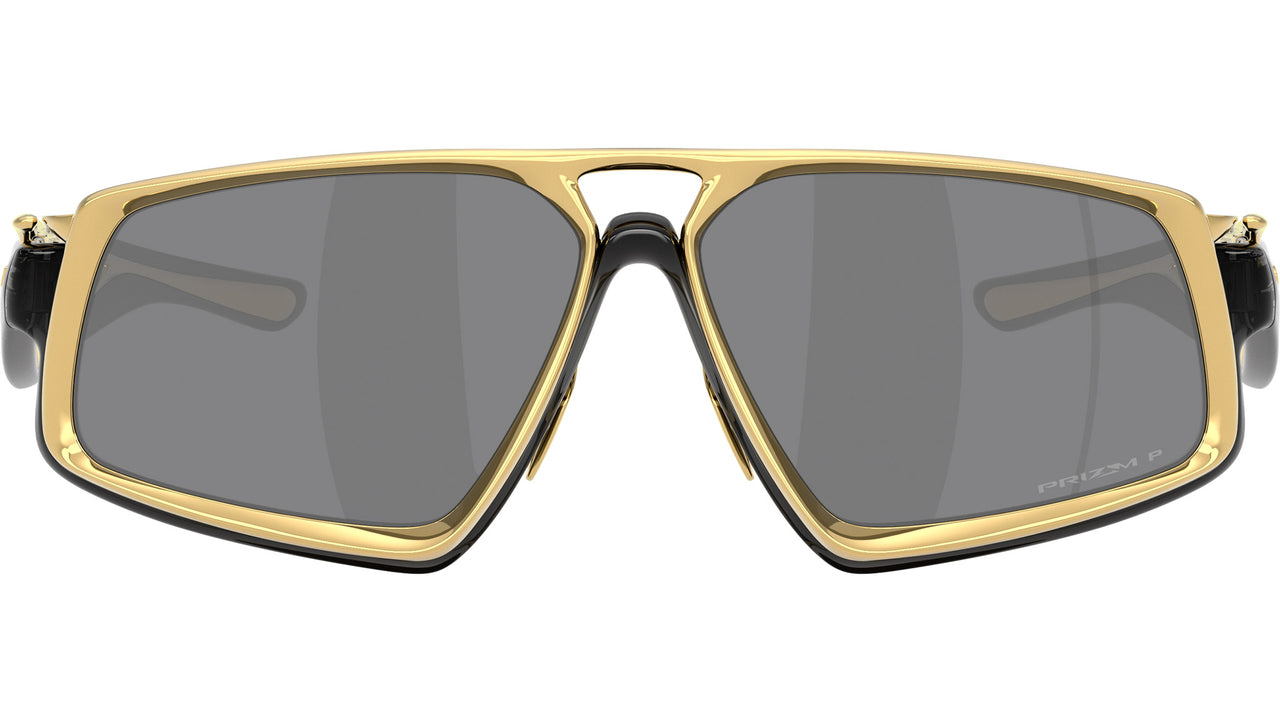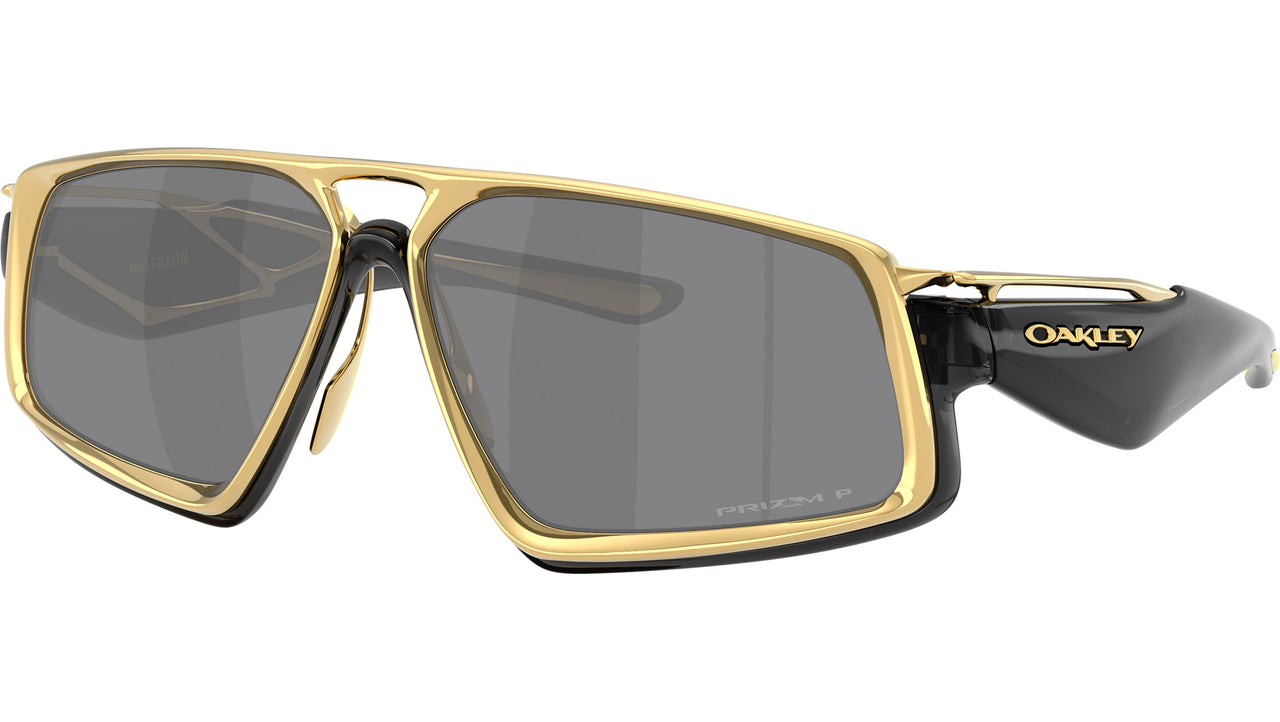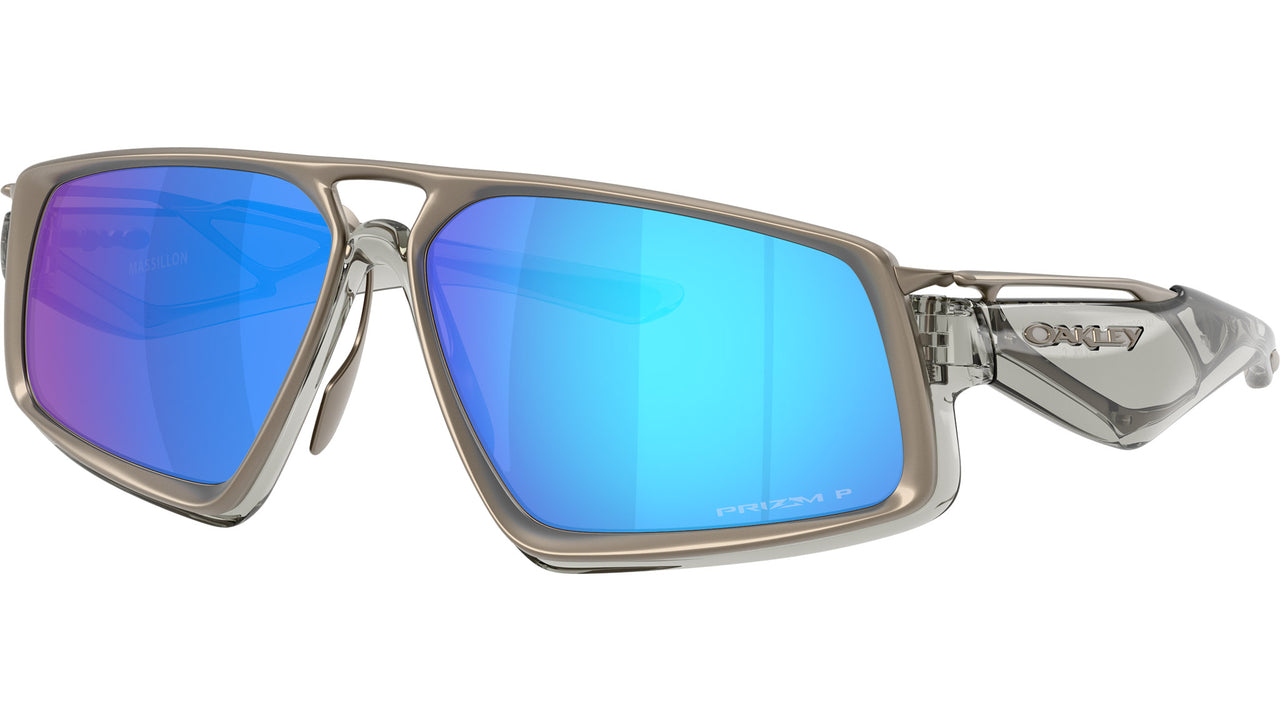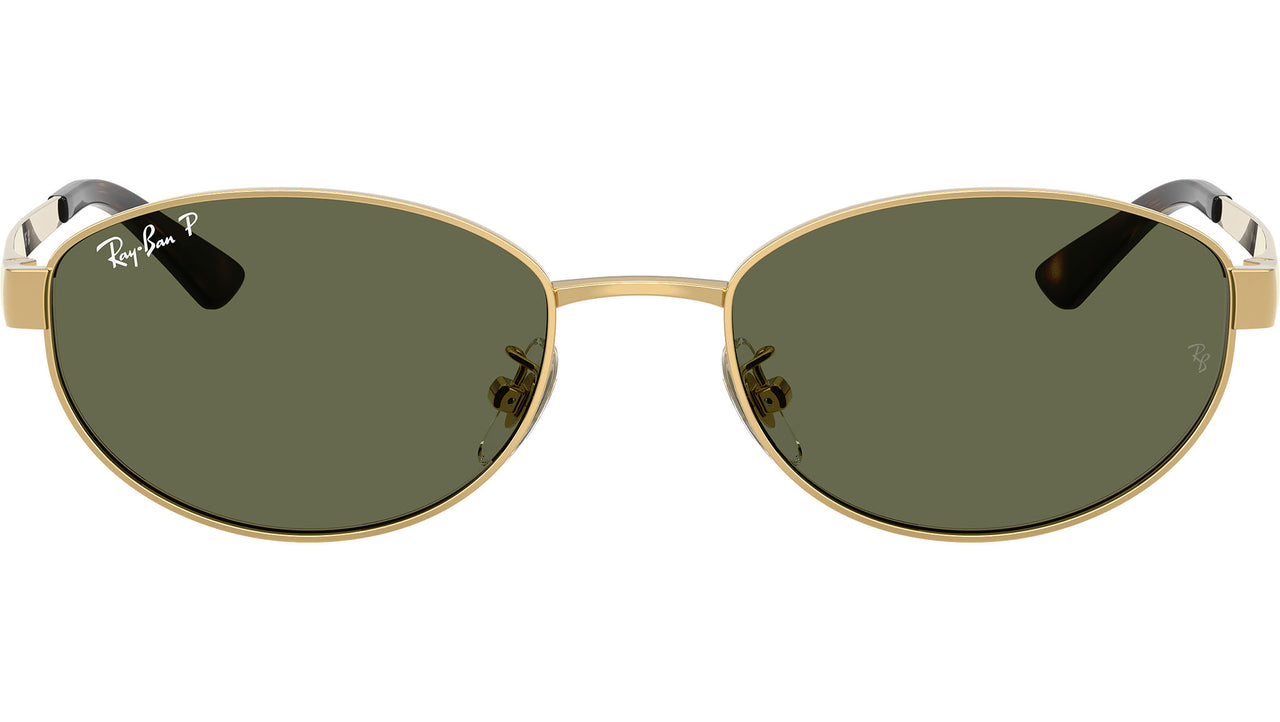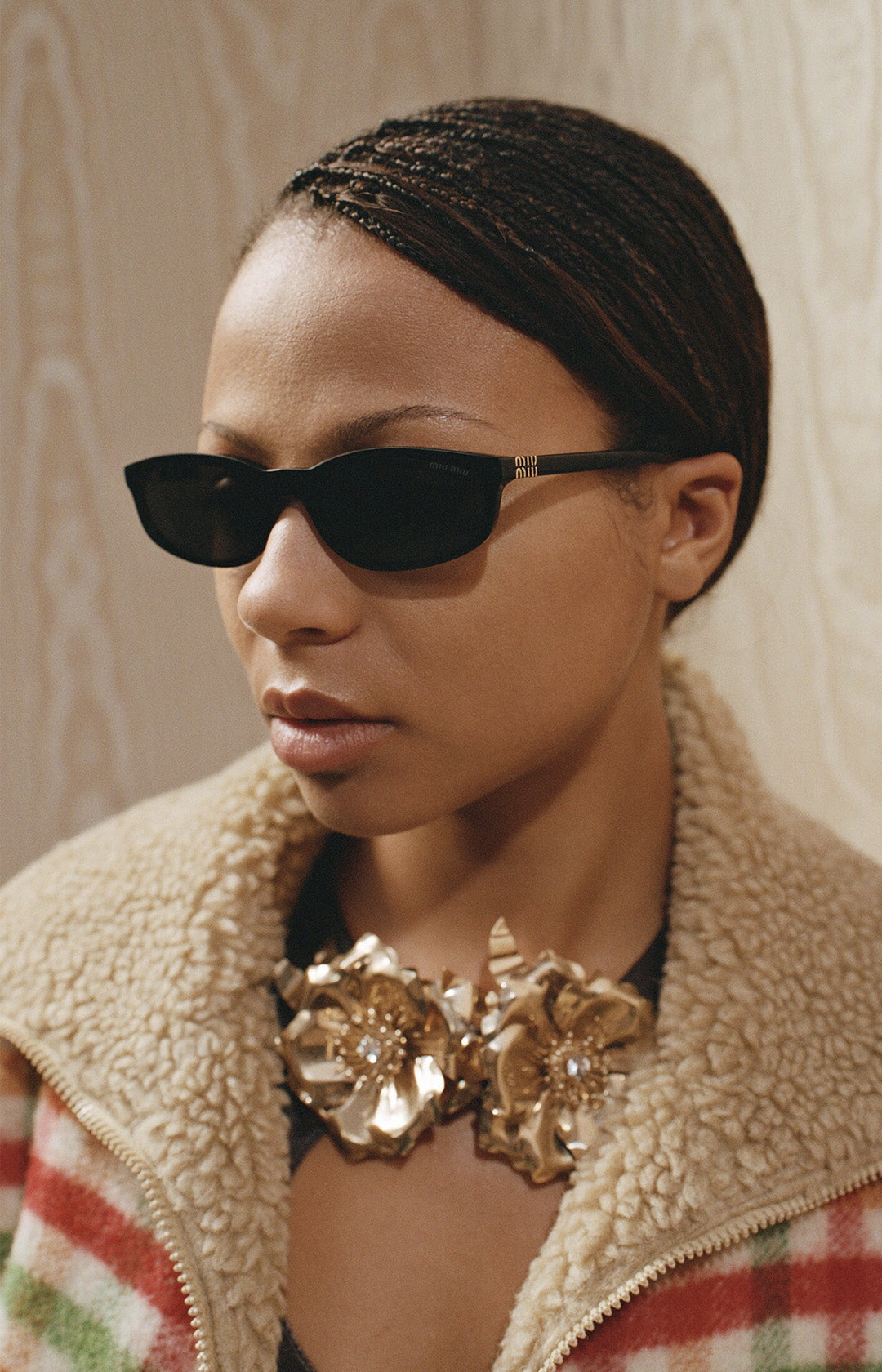Frequently asked questions
What are the main benefits of polarized sunglasses?
Polarised lenses are designed to eliminate glare — the intense, reflected light from surfaces such as water, snow, and roads. By filtering out this glare, they enhance contrast and provide sharper visual definition. This not only makes your vision more comfortable but also improves clarity, allowing you to see objects more distinctly in a variety of conditions.
What materials are used for polarized lenses and frames?
The polarised sunglasses in this collection are crafted from a range of durable, high-quality materials.
- Frame Materials: Options include acetate, metal, titanium, and nylon, among others. Brands like Maui Jim and Oakley also use advanced materials.
- Lens Materials: Lenses are made from materials such as CR-39, polycarbonate, and Trivex, all known for their lightweight nature, optical clarity, and impact resistance. Some models also feature photochromic technology, allowing the lenses to darken automatically in response to sunlight.
Are polarized lenses only for sunny days?
While polarised lenses are especially effective in bright, sunny conditions for reducing glare, their advantages go beyond that. They also enhance visual comfort and clarity on cloudy or overcast days by reducing diffused light and providing a crisper, more defined view — making them ideal for everyday use.
How do I know if my sunglasses are polarized?
An easy way to check if your sunglasses have polarised lenses is to look at a reflective surface (like water or a car window) while wearing them. Slowly tilt your head to the side — if the glare appears to fade or change noticeably, your lenses are likely polarised. You can also look for a “Polarised” label or filter on the product page to confirm this feature.
Is the polarization feature available for all sunglasses?
Not all sunglasses are polarised — it’s a specific feature that must be selected or confirmed on the product page. Certain brands, such as Ray-Ban polarised sunglasses, are particularly known for their advanced polarisation technology, so it’s always worth checking the product details or using the “Polarised” filter to find models with this feature.




